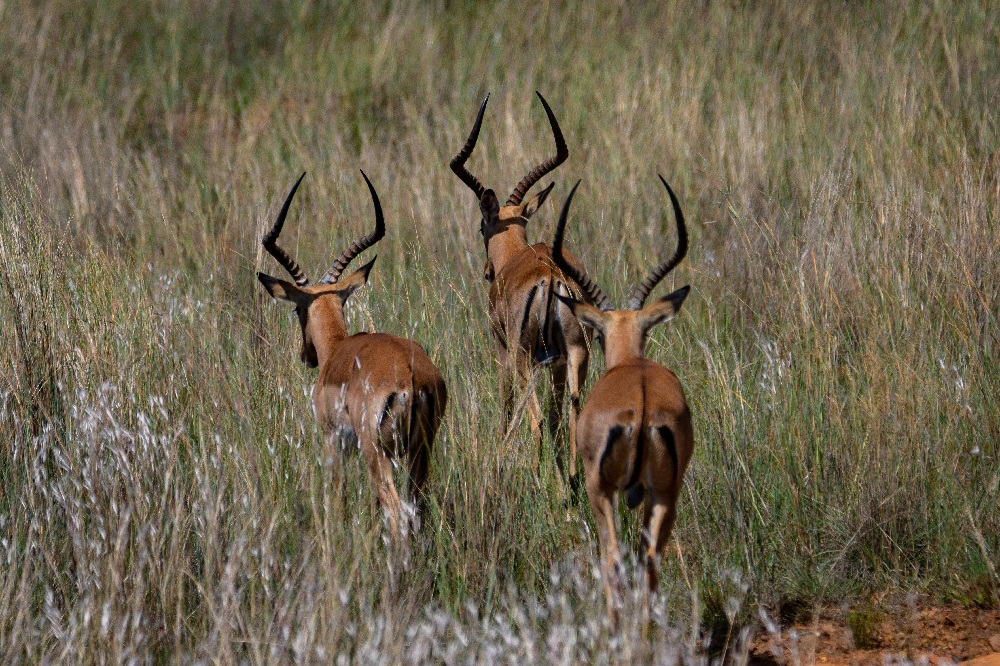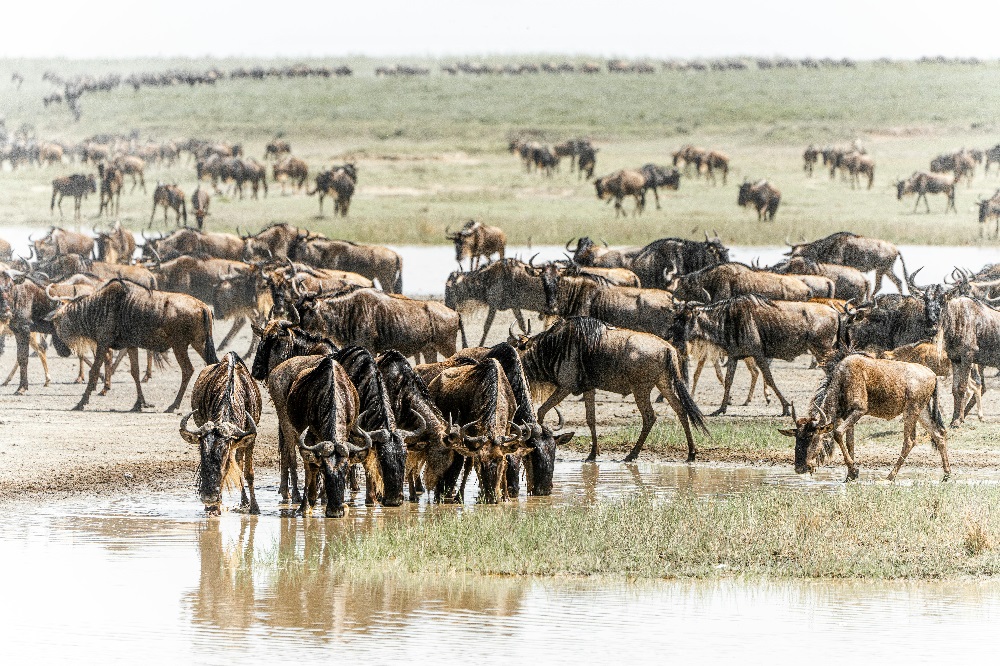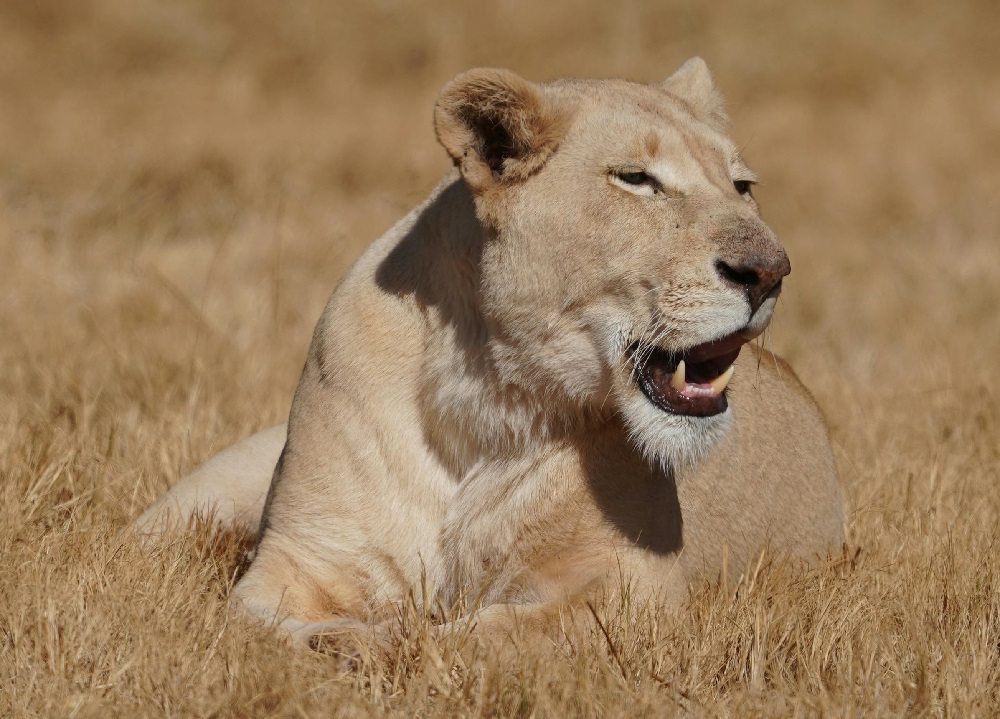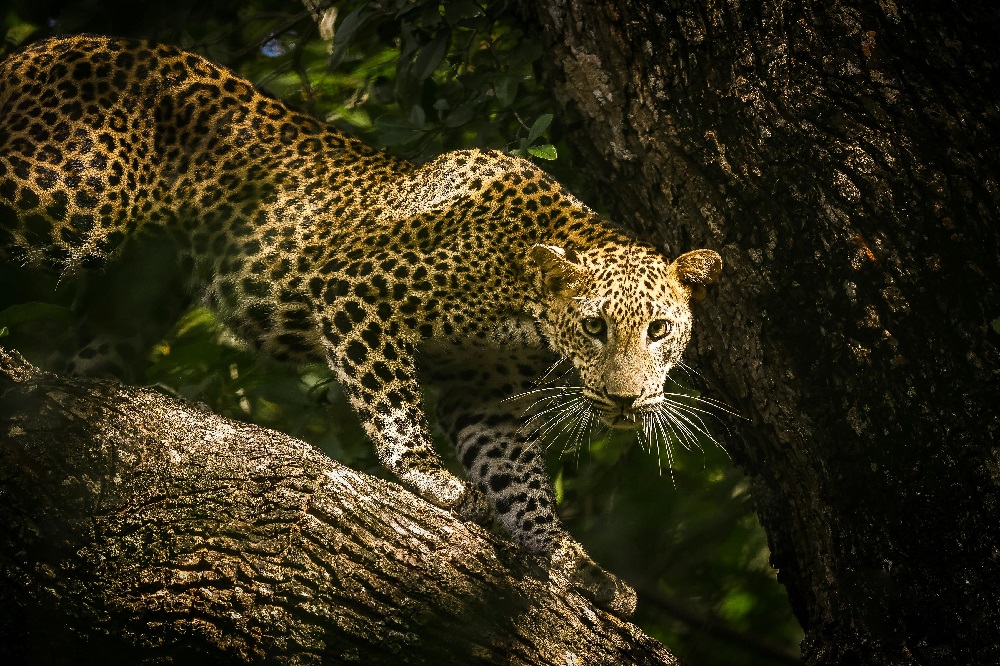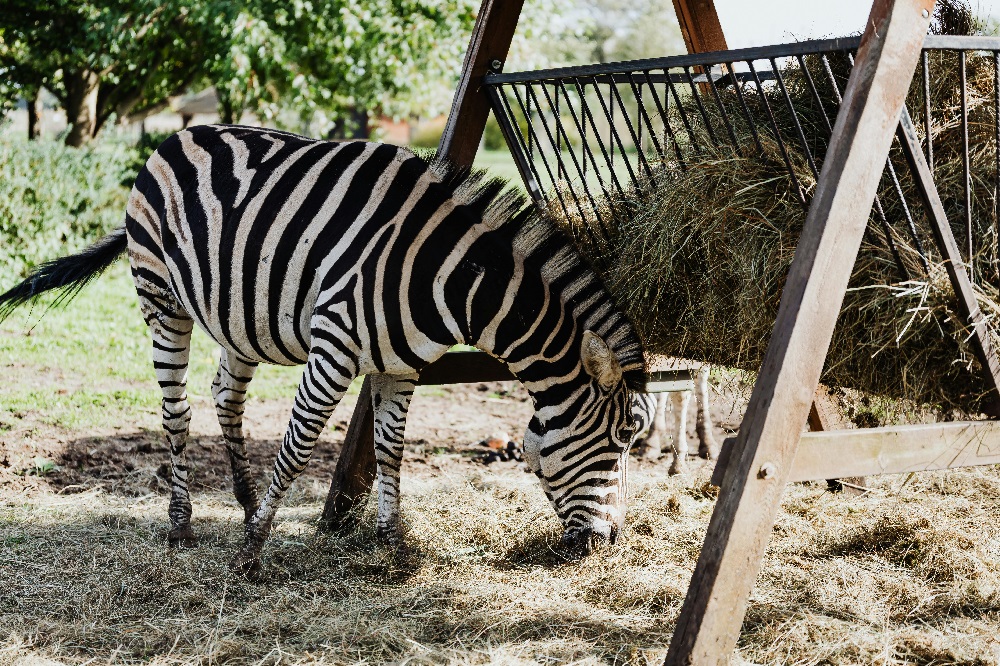When it comes to safety, both Kenya and Tanzania are considered relatively safe safari destinations for travelers who follow common-sense precautions and use reputable operators. The majority of tourists in both countries experience trouble-free trips. In Kenya, popular safari destinations like the Masai Mara, Amboseli, and Samburu are well-policed and have security measures in place, though some urban areas, especially Nairobi, require extra caution due to petty crime. Tanzania’s safari circuit, particularly in the northern parks like Serengeti, Ngorongoro, and Tarangire, is known for being peaceful and secure, with incidents involving tourists being very rare. Both countries have occasional political demonstrations or unrest, typically in cities, but these rarely affect safari-goers. The safest approach in either destination is to book through established tour operators, avoid isolated walks in cities after dark, keep valuables secure, and follow your guide’s instructions when in wildlife areas. In terms of health safety, both require travelers to be mindful of malaria prevention and basic travel vaccinations. Ultimately, neither country has a clear safety disadvantage for well-prepared safari travelers.
What’s the Best Country in Africa for a Safari?
Choosing the best safari country in Africa depends on what a traveler values most—wildlife density, landscape diversity, cultural immersion, or exclusivity. Tanzania often tops the list because of its vast and varied wilderness areas, the spectacle of the Great Migration, and its combination of iconic parks like Serengeti National Park, Ngorongoro Crater, and Tarangire National Park. Kenya is equally famous for the Masai Mara, known for predator action and excellent migration viewing. Botswana offers pristine, low-volume tourism in places like the Okavango Delta, while South Africa boasts accessibility, malaria-free reserves, and world-class lodges. Tanzania’s appeal lies in its sheer scale and diversity: it offers both large-scale animal movements and year-round resident wildlife, as well as opportunities to combine a safari with climbs up Mount Kilimanjaro or beach stays in Zanzibar. While other countries excel in certain niches, Tanzania provides a comprehensive safari experience that many travelers consider unmatched.
How Safe Is a Safari in Tanzania?
Safaris in Tanzania are generally very safe when conducted with licensed, experienced guides. The country’s major national parks and reserves have well-established tourism infrastructure, and the safari industry is a key economic driver, so safety is taken seriously. Wildlife encounters are managed carefully, with strict rules on maintaining safe distances and never leaving vehicles except in designated areas or under guide supervision. Most safari camps and lodges are in remote, protected areas where crime is virtually nonexistent. Health precautions, such as malaria prevention and bringing any necessary prescription medications, are more relevant concerns than personal security in the bush. Road safety is something to be mindful of, especially if traveling between parks by vehicle, but this is minimized when using professional drivers. The greatest “risks” for visitors on safari are more about nature—sunburn, dehydration, or insect bites—than crime or violence.
Is It Cheaper to Fly to Kenya or Tanzania?
International airfare often makes Kenya slightly more affordable to reach, especially for travelers from Europe and North America, because Nairobi’s Jomo Kenyatta International Airport is a major hub with more direct flights and competitive fares. Tanzania’s main gateways—Kilimanjaro International Airport for northern safaris and Julius Nyerere International Airport in Dar es Salaam for southern and coastal trips—receive fewer direct flights, which can sometimes result in higher ticket prices. However, with careful planning and flexibility in travel dates, the cost difference can be reduced. Regional connections between Kenya and Tanzania also allow for creative itineraries that start in one country and end in the other, potentially optimizing both flight costs and safari experiences.
Which Safari Is Better, Kruger or Serengeti?
Kruger National Park in South Africa and Serengeti National Park in Tanzania are both world-class safari destinations, but they offer different experiences. Kruger is known for its excellent infrastructure, accessibility, and high density of the Big Five, making it popular for both self-drive and guided safaris. It’s also home to numerous private reserves on its borders, offering luxury and exclusivity. The Serengeti, however, is famous for its vast, open plains and the Great Migration—an unparalleled wildlife phenomenon involving over a million wildebeest and other herbivores. While Kruger offers a more controlled and accessible experience, the Serengeti delivers a more raw, expansive, and untamed wilderness. For travelers prioritizing ease of access and varied accommodation levels, Kruger might be the better fit, but for those seeking grand-scale wildlife spectacles and wide horizons, the Serengeti often wins out.
Is It Safe in Kenya Right Now?
Kenya is generally safe for tourists visiting its well-established safari circuits, including the Masai Mara, Amboseli, Tsavo, and Samburu. The government and private operators place a strong emphasis on security in these areas. That said, Kenya, like many countries, experiences occasional political protests or unrest, especially in Nairobi and other urban centers, which visitors should avoid. Crime risks, such as pickpocketing or bag-snatching, are mostly confined to cities and can be mitigated with standard travel precautions. For up-to-date safety information, travelers should consult official advisories from their home country and follow the guidance of local tour operators. Safari regions remain calm and secure, with the vast majority of visits being trouble-free.
Which Is Better, Masai Mara or Serengeti?
The Masai Mara and Serengeti are part of the same ecosystem, and both offer exceptional safari experiences, but they differ in size, accessibility, and seasonal highlights. The Serengeti is significantly larger, providing more varied landscapes and a longer migration viewing season. The Masai Mara, while smaller, often offers denser concentrations of wildlife in a compact area, especially during the migration months of July to September. The Serengeti has more options for multi-day, remote safaris, while the Mara’s proximity to Nairobi makes it ideal for shorter trips. For those with time and resources, visiting both offers the most complete experience, capturing different aspects of the migration and wildlife behavior.
How Much Is a 2-Week Safari in Tanzania?
A two-week safari in Tanzania varies widely in cost depending on the level of accommodation and travel style. Budget group camping safaris can start at around $5,000 per person, while mid-range lodge-based safaris often range from $7,000 to $10,000. Luxury safaris with private guides, fly-in transfers, and high-end lodges can easily exceed $15,000 per person. This price typically covers park fees, accommodation, meals, game drives, and internal transfers. High season rates (June to October, and late December) are higher due to demand, while low season offers more competitive pricing. Given the scale of Tanzania’s parks and distances between them, a two-week itinerary allows for a deep exploration of both the northern and southern circuits.
Is Botswana or Tanzania Better for Safari?
Botswana and Tanzania both rank among Africa’s top safari destinations, but they offer very different styles of experience. Botswana specializes in low-impact, high-cost tourism, with a focus on exclusive camps and pristine wilderness areas such as the Okavango Delta and Chobe National Park. This results in fewer visitors and a more private safari atmosphere. Tanzania, in contrast, offers vast landscapes, the Great Migration, and a wider range of price points, making it accessible to more travelers while still delivering extraordinary wildlife encounters. For those seeking exclusivity and are willing to pay for it, Botswana is hard to beat. For those wanting the drama of the migration and diverse ecosystems at varying budgets, Tanzania is often the preferred choice.
What Is the Best Month to Visit Tanzania for a Safari?
The best month to visit Tanzania depends on the wildlife events you wish to witness. The dry season from June to October is optimal for general game viewing, with animals congregating around water sources and minimal vegetation to obstruct views. July and August are prime for the Great Migration’s river crossings in the northern Serengeti, while January and February offer the wildebeest calving season in the southern Serengeti, which attracts intense predator activity. November and May can be good for fewer crowds and lower prices, though they fall within or near the rainy seasons. Each month has unique advantages, making it possible to plan a trip tailored to specific interests.
Which Safari Is Cheaper, Kenya or Tanzania?
Kenya generally offers more budget-friendly safaris compared to Tanzania, thanks to lower park fees, shorter distances between reserves, and a greater variety of mid-range accommodations. The Masai Mara, for example, charges less for entry than the Serengeti, and travel between Nairobi and key parks is quicker and less costly. Tanzania’s higher costs are tied to its conservation model, which emphasizes lower visitor numbers and better habitat protection. Budget-conscious travelers often choose Kenya for shorter, more affordable safaris, while those seeking larger, wilder landscapes with fewer crowds may consider Tanzania worth the extra cost.

